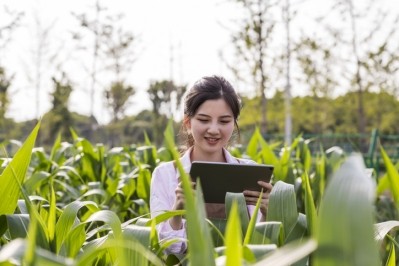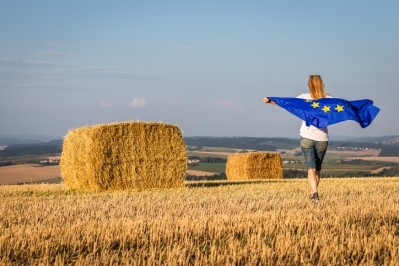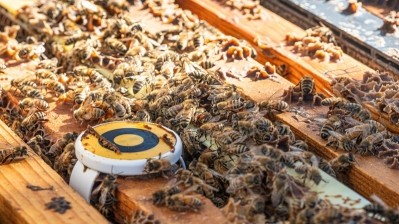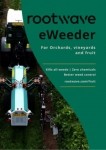New study reveals soil health benefits of regenerative agriculture
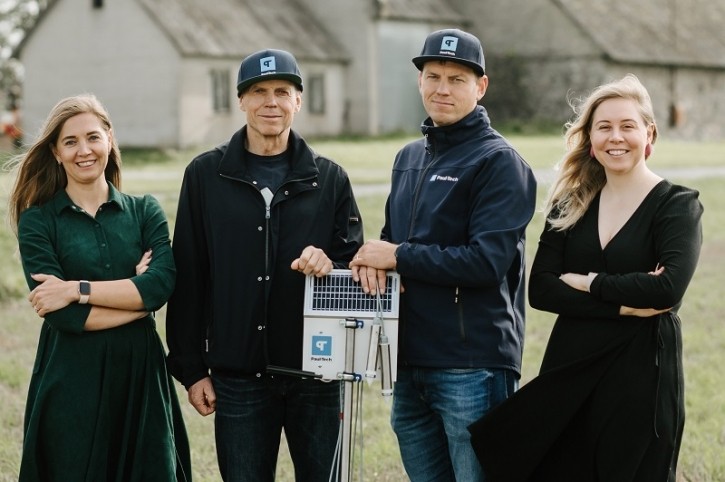
The research at the University of Leeds Farm in Yorkshire in the UK, compares the soil health, crop production, greenhouse gas emissions, and profit of different farming systems across seven 12m x 40m plots. Some of the plots were ploughed and power harrowed, while others underwent minimal cultivation using non-inversion, shallow cultivation.Cover cropping, living mulches, manures, livestock integration, and herbal leys have also been utilised as part of the trial.
Data were collected by state-of-the-art soil stations, which take real-time readings of nutrient availability, soil water levels and soil temperature at depths of 8cm and 20cm. Each plot received three treatments of nitrogen throughout the trial, with nutrient and water availability measured at both depths after each application. The stations revealed that the trial plots which had minimal cultivation held more nutrients and water around the root zone for longer than plots that had been ploughed.
As a result, the minimal cultivated plots recorded a significantly larger nutrient release after fertilisation and higher nutrient availability at the 8cm mark compared to the ploughed plots, and nutrients were held around the rootzone for longer. By contrast, water quickly drained through the ploughed soil, leading to a significantly smaller nutrient release at fertilisation and considerably less nutrients available to the plants at 8cm.
Soil temperature was also impacted by the cultivation method with the ploughed soil experiencing much larger temperature changes over the course of the trial. The ploughed soil froze when air temperatures dipped below zero, whereas those sown under a minimal cultivation system maintained a much more stable temperature throughout and did not freeze. The study is ongoing and will look at the impacts of other regenerative techniques on soil health over a longer period.
‘The findings have a significant bearing on how farmers should be treating soil’
Paul-Tech’s chief executive, Mikk Plakk, called the findings ‘fascinating’. “The data from our soil stations clearly shows soil nutrient availability and temperature differences between plots with different cultivation methods,” he said.
“For example, the soil in the conventional ploughed plot froze at root level and showed significant temperature differences while the minimal cultivated plots didn’t freeze and temperatures were relatively consistent in the root zone. “Also, in the minimal cultivated plots, the soil was much more effective at holding water, which meant far more nutrients were available at 8cm than was the case in the ploughed plots.
“The findings have a significant bearing on how farmers should be treating soil. They strongly suggest cultivation methods have the potential to significantly improve soil and plant health while reducing the amount of inputs they need to apply.”
Real-time data ‘equally valuable’ for farmers
In October last year Paul-Tech announced it had raised €1.4 million in a seed round to expand into the UK market and advance its product offering. The round was led by Estonian fund Superangel, with participation from SmartCap, Honey Badger Capital, the Estonian Business Angels Network (EstBAN), Tatoli AS, Overkill VC and business angels from Sweden.
Paul Tech’s soil station combines real-time proprietary sensor data with weather and satellite data to produce agronomic recommendations for farmers and growers, which are reported via an online dashboard. This allows them to make more informed decisions about crop inputs and irrigation, leading to better soil health, plant health, yield and cost savings.
The system is in place on commercial farming operations in Scandinavia and Eastern Europe and is being launched in the UK this month. The station utilises a range of state-of-the-art sensors and then translates the data into simple, actionable insights so the farm can maximise his returns. It provides a 360-degree view of soil health in real time, providing the data growers need to make better decisions.
The Paul-Tech soil station is equipped with a battery and a solar panel so it requires no maintenance during the season and it also features a SIM-card to upload information to the Paul-Tech database. Measurements are taken at two depths – usually at 8 cm and 16-25 cm – but the depth is chosen by the client. The sensors measure electrical parameters and calculate factors including nutrient level and availability, soil water availability and moisture and air temperature.
The data that is collected is pre-analysed and then presented in a web or mobile application with automated suggestions and tips. The data can also be read on graphs. During installation, 100-200 measurement points are taken with a hand sensor to ensure the installed probe is representative of the field average. The sensors are then installed with a soil drill into the soil’s natural environment to ensure the quality of the data. The installed station doesn’t disturb any activity on the field.
“Getting access to real-time, high frequency data from the soil station was vital for this study and will be equally valuable for farmers,” Plakk added.
“This level of insight would not be available without the ability to measure water and nutrient movement throughout the soil, which our system has been specifically designed to do. As the study continues, we expect to discover further insights into how different cultivation techniques impact on soil health, the environment, and the farmer’s bottom line.”

